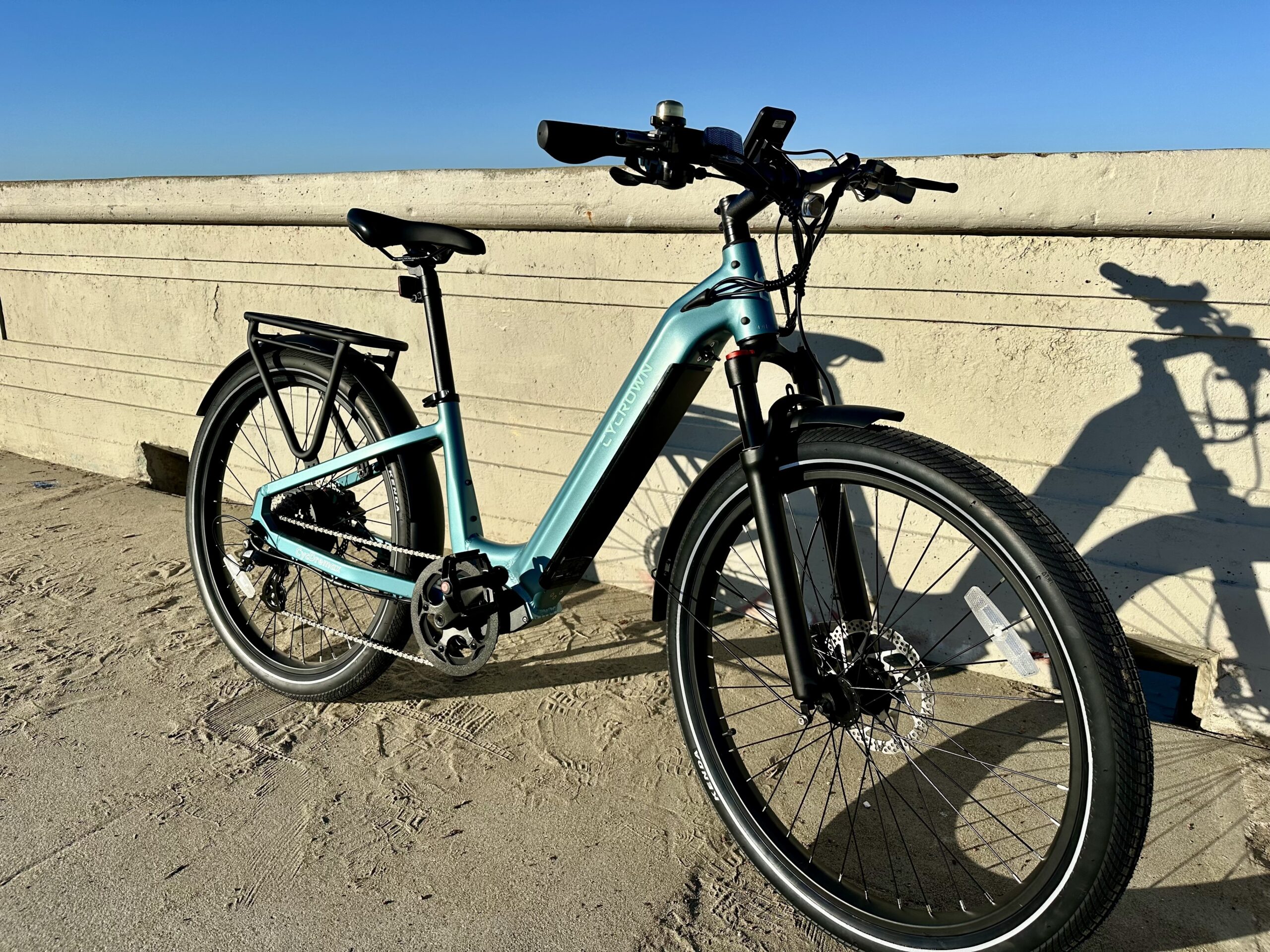A leader in conveyor innovation, Veyex is pioneering a new wave of engineered componentry.
When a Tier 1 mining company raised concerns about continued conveyor failures, Veyex knew it had the right solution.
Failures in conventional tracking frames had created serious safety risks, with central pivots shearing, guide rolls falling, and entire frames at risk of coming loose from conveyors operating at height.
For a major miner moving millions of tonnes of ore each year, it was a risk too great to accept, so Veyex was approached to rethink the design from the ground up.
“The miner wanted all training frames to have multiple safety restraints,” Veyex general manager David Massarotto told Australian Mining.
“We had to stop the frame itself from falling and look at any other parts that could come loose.”
Guide rolls, which had traditionally been left unsecured, posed one of the biggest problems. In the right circumstances, they could detach completely. Veyex added brackets to restrain them even after wear, which created a new challenge.
“If the belt slipped or lifted in a certain manner, it could get jammed between the roller and the bracket,” Massarotto said. “So we designed a component that stops that from happening. If the belt rides up, it slides over and back into position – a simple idea that makes a big difference.”
This patent-pending mechanism has proved particularly valuable in supporting ship loaders and tripper cars, where conveyors frequently lift and lower during operation.
“When a belt comes back down it can hit the top of the roller and get stuck, wearing into the belt,” Massarotto said. “With our design, it slides straight back where it needs to be.
“The changes may sound small, but the impact is anything but. These guide rolls weigh about 3kg each – if one fell from height, it could easily cause serious injury.
“And if a whole frame or section thereof came loose, that’s another story altogether.”
This bespoke conveyor component, which stands alone in the market, is now being rolled out across the miner’s operations in the Pilbara.
This case study highlights a theme that has come to define Veyex: listening to industry needs and responding with practical engineering.
This approach has already set the company apart in the field of composite rollers, which offer significant advantages over their steel counterparts.
Composite rollers are lighter, quieter and safer to handle, weighing less than steel and reducing the risk of manual handling injuries.
If they were to fail, they also avoid catastrophic damage to belts or surrounding equipment, making them a reliable option for operations under pressure to minimise downtime.
Composite rollers are corrosion resistant and have a reduced noise profile, supporting mining operations subject to stringent community and environmental obligations.
Composite rollers are proven to deliver fewer breakdowns, safer conditions, and more productive hours on the belt.
Veyex is also pioneering composite conveyor guarding.
“This is another lightweight solution with added safety features,” Massarotto said. “Composite guarding is gaining industry traction for its ability to deliver long-term safety and efficiency gains.”
Often underestimated, guarding is a vital safeguard around conveyors, protecting workers from entanglement risks and limiting noise.
Well-designed guarding contributes to cleaner, more efficient operations by keeping material where it belongs and minimising maintenance issues.
By applying its expertise in composites and safety-focused design, Veyex is helping to ensure that guarding is more than just a compliance exercise, but part of a system that enhances performance across the board.
What began with a Tier 1 miner’s urgent request has grown into a suite of products designed to make conveyors lighter, safer and more efficient.
From composite rollers to innovative tracking frames and guarding solutions, Veyex is showing how attention to detail can have a major impact on reliability, productivity and safety.
This article appeared in the October issue of Australian Mining magazine.



